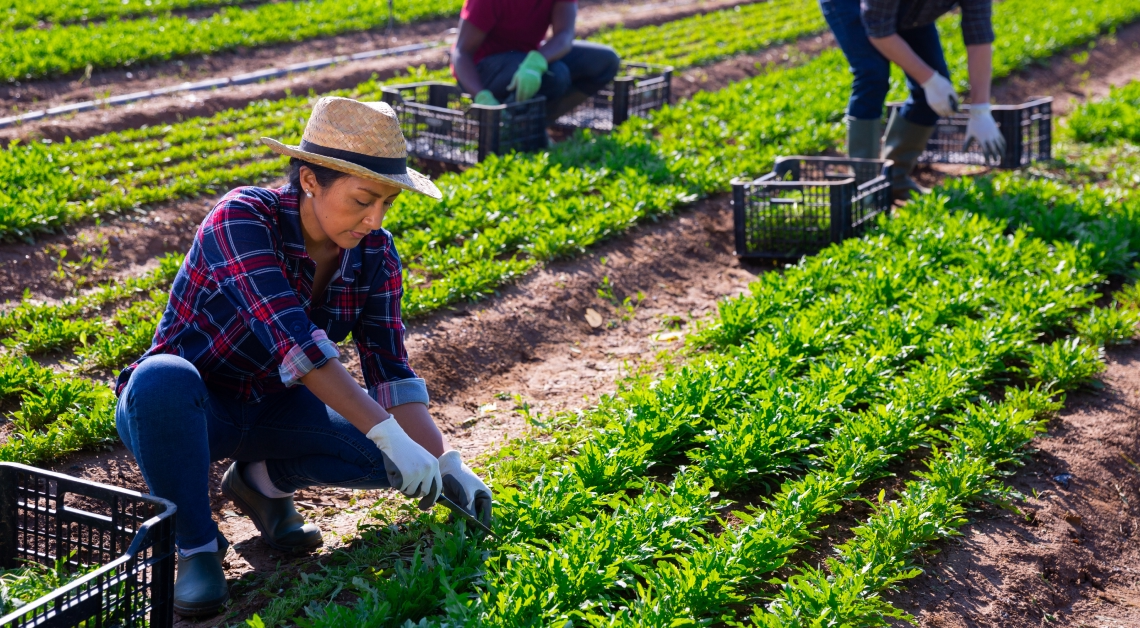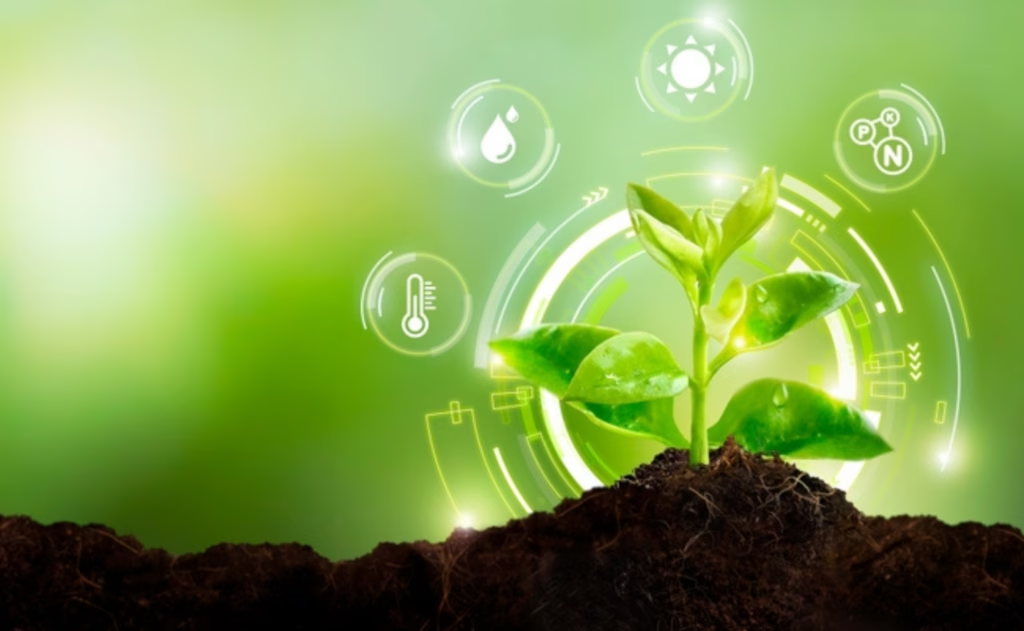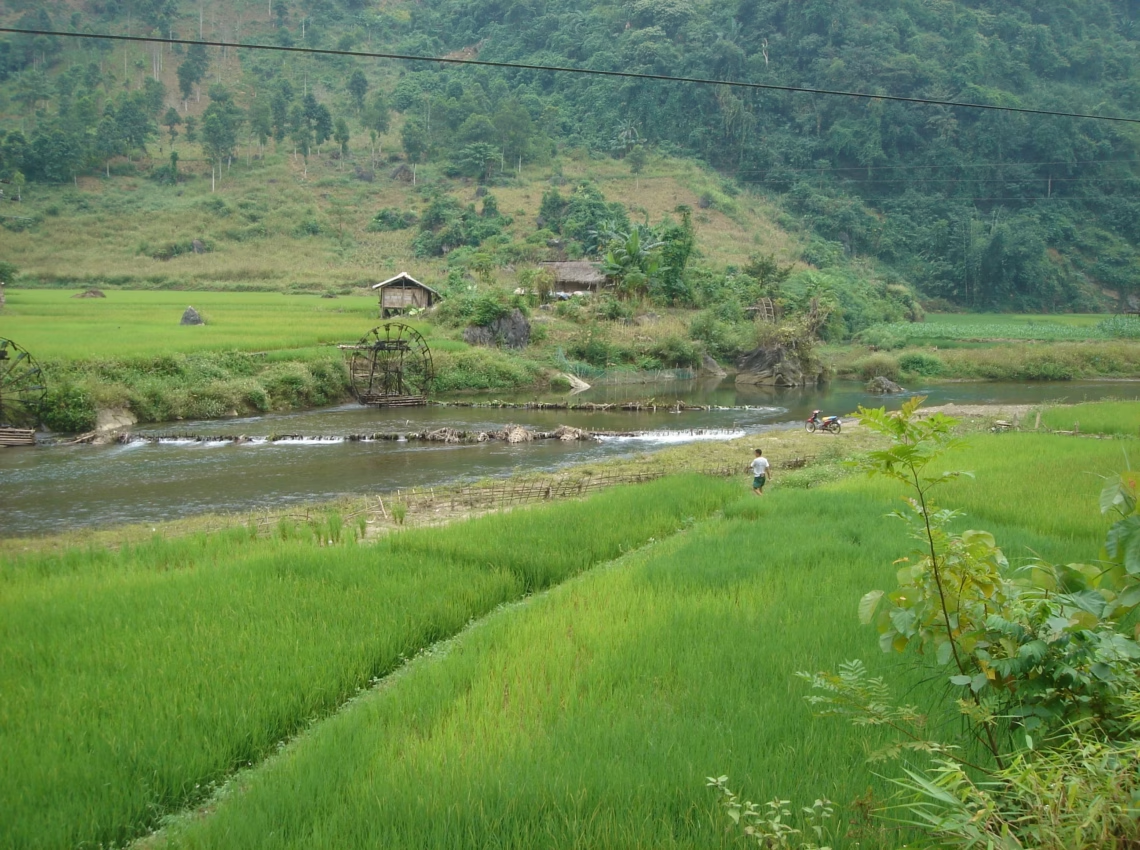7 Surprising Facts about Modern Farming Technology Trends
Introduction
In the past few decades, the agricultural industry has changed a lot. Agriculture, management, and delivery of food have changed. We’re not just talking about machines when it comes to efficiency, precision, and sustainability. Farmers can maximize their yields while minimizing their environmental impact with modern agricultural tools. These technological advances have some surprising aspects.
Revolutionizing Crop Management with Precision Agriculture
Agriculture has undoubtedly changed farmers’ lives thanks to precision agriculture. Farmers can now target specific areas instead of treating the whole field the same way, no matter where it is. Water, fertilizer, and pesticides are applied to fields using GPS technology. This targeted approach saves resources and boosts crop yield.
For instance, tools like FieldView help farmers visualize crop health in real time. Farmers can make informed decisions with the help of these tools. In addition to improving productivity, precision farming minimizes waste.
The Role of AI and Machine Learning in Predictive Farming
A lot of things are changing in agriculture with Artificial Intelligence (AI). AI predicts problems before they occur. Data collected from farms is processed by machine learning systems. In addition to analysing patterns, they are able to predict crop diseases and determine when crops should be planted or harvested by using these tools.
Plantix uses artificial intelligence to analyze photos of crops to detect diseases. Farmers can fix issues early without guessing. This approach reduces crop losses and ensures consistent production. It is easier to adapt to challenges when you use predictive farming.
Drone Technology: The Sky’s the Limit
Agricultural drones have revolutionized the industry. Monitoring fields from above saves farmers hours of manual labor. With the help of these devices, it is possible to survey large areas, identify crop health issues, and even spray fertilizers with accuracy.
Pesticides are sprayed evenly over crops with DJI’s Agras series. Consequently, humans are exposed to fewer chemicals. Additionally, drones offer farmers the ability to identify problem areas in addition to providing high-resolution images.
Hydroponics and Vertical Farming: Farming Without Soil
In the 21st century, hydroponics and vertical farming eliminate the need for soil for agriculture. Water-nutrient solutions are used in hydroponics to grow plants. It is possible to maximize space in urban environments by stacking crops in layers.
Popular systems like AeroFarms produce fresh greens year-round using less water than traditional farming. A method like this is ideal if you live in a city where space is limited, but you need fresh produce. Sustainable, scalable, and efficient food production uses hydroponics.
Smart Irrigation Systems: Saving Every Drop
Water is an essential resource for farming, and smart irrigation systems make sure it’s used well. Water is provided only when needed by IoT-enabled sensors.
For example, Netafim drip irrigation systems deliver water directly to the roots. This reduces evaporation and water waste. Crops get enough water without depleting the environment with smart irrigation.
Robotics in Farming: Automating Agriculture
Where labor shortages make farming difficult, robots step in. Precision and speed are achieved with automated tractors, harvesters, and planting machines. Using robots, farmers can focus on decision-making rather than repetitive tasks.
Machines like the AgBot handle tasks like weeding and planting. They’re fast and efficient, helping farmers save time and labor costs. In spite of workforce challenges, robots make farming scalable and reliable.
Biotechnology and Genetic Engineering in Agriculture
Crop production was revolutionized by biotechnology. Genetically modified crops grow faster, are resistant to pests, and require less water. With this innovation, tough climates are protected from food shortages.
There are pest-resistant varieties of cotton, like Bt cotton, that farmers are using to increase their yields. In addition, biotechnology makes crops drought-resistant, so there’s always food.
Conclusion
Technology is shaping agriculture’s future. From soil-free farming to AI-driven insights, these advancements promise a sustainable future for food. Innovation coupled with responsibility will drive the advancement of farming as it continues to evolve.




